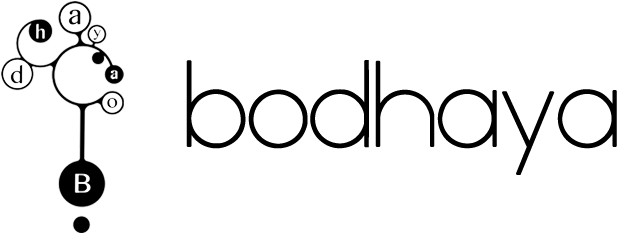
Sea Beans Another Kind Of Salt
Have you ever heard of Sea Beans?
Sea Beans also named Samphire, Glasswort, Pickleweed, and Sea Asparagus are one of 30 species of the Genus Salicornia of the Amaranth family. Salicornia literally meaning "Salt Horn".
It is a prehistoric plant, usually found in coastal areas, lower salt marshes, salty springs. It is a low-growing succulent, perennial subshrub. It is native to salt marshes and alkaline soils throughout coastal California. Occasionally it is found in Alaska and the East Coast.
The Kumeyaay, also known as Tipailpai or by their spanish name Diegueño chewed the raw stalks for salt. In parts of Europe, Sea Bean has a long history as a food plant. The British call the stalks "Sea Asparagus" or "Samphire". You can eat Sea Beans raw in salads, pickled or cooked as a vegetable.
Crops may be used for food and also for biofuel, and may eventually help combat climate change. An Atmospheric physicist is experimenting with seawater-based Salicornia farms in Mexico.
I was fortunate enough to have my daughter find some at our local Farmers Market for us to try at home. It definitely has a salty, sea like flavor which makes it a very good salt substitute to use in your cooking.
There are a lots of health benefits to consume Sea Beans! It can help with digestive ailments, Diabetes, and it is an anti-tumor, contributing to the prevention of arterial hypertension problems. It contain a good amount of vitamin A, calcium, iron, and iodine which is especially important for the function of the thyroid. It is not abundant in many foods, making Sea Beans a very good addition to your diet. The color of Sea beans comes from the flavonoid known as quercetin. This flavonoid acts as an antioxidant in your body preventing damage from free radicals and as well reducing inflammation. It is also a good source of protein, in just a half a cup of the raw stalks, you get 10 grams of protein.
I like to use it as an alternative to regular salt because of its various nutrients and minerals. You can add it to any dishes, I love the way it taste and it crunchiness.
I invite you to go to your local Farmers Market this upcoming weekend to get some to experiment with! And try this recipe for you to enjoy!
Sea Bean Salad with Daikon and Cucumber
INGREDIENTS
2 large cucumbers, peeled (about 1 1/2 pounds)
1 large daikon radish, peeled
4 scallions
1/2 pound sea beans, ends trimmed
3 tablespoons rice wine vinegar
2 tablespoons canola oil
2 tablespoons toasted sesame oil
2 tablespoons tamari
2 teaspoons black sesame seeds
2 teaspoons white sesame seeds
1 teaspoon sugar
2 fresh shiso leaves, finely chopped
INSTRUCTIONS
1. Cut the flesh of the cucumber into very thin noodle-like strips. Avoid the seeds by not cutting the very center of the cucumber. A mandoline works best, or use a knife and slice really thin.
2. Cut the daikon into the same thin noodle-like strips. Here there are no seeds, so you can cut through the entire vegetable.
3. Trim the roots of the scallions, then slice them into fine rings. Start at the white bottom and use about three-quarters of each scallion, until the leaves become much darker green and thicker.
4. Combine the remaining ingredients in a medium bowl to ensure they are well mixed, then add all of the vegetables. Toss to combine, then cover and place in the refrigerator to marinate for at least 30 minutes, but no longer than 24 hours or they will get mushy. Serve chilled.


0 comments